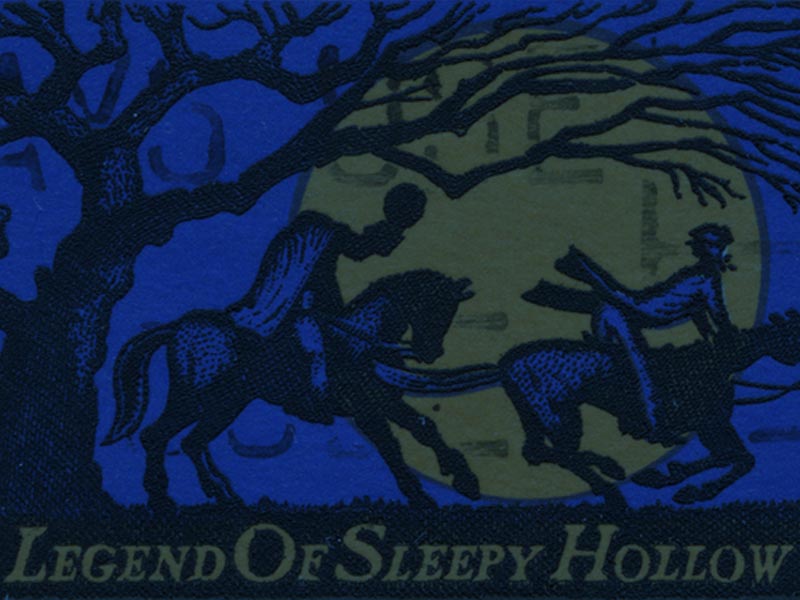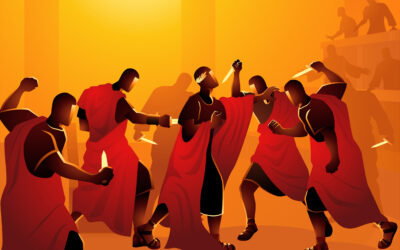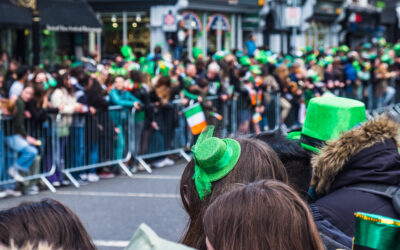The Headless Horseman is a legendary figure primarily associated with Washington Irving’s short story “The Legend of Sleepy Hollow,” published in 1820. The story is set in the fictional village of Sleepy Hollow, near Tarry Town, New York, and follows the tale of Ichabod Crane, a superstitious schoolteacher who encounters the ghost of a Hessian soldier who lost his head during the American Revolutionary War.
The term “Hessian” refers to the German soldiers who were hired by the British to fight during the American Revolutionary War. Many of these soldiers came from the region of Hesse in Germany, which is why they are called Hessians. They were known for their disciplined military training and were often deployed as mercenaries in various conflicts.
In “The Legend of Sleepy Hollow,” the Headless Horseman is described as a Hessian soldier who was killed during a battle. The use of a Hessian as a ghostly figure taps into the fears and animosities of the time, as the American colonies were fighting against British rule, and the presence of foreign mercenaries added to the tension of the conflict.
The Headless Horseman is often depicted as a spectral rider who rides through the woods, seeking his lost head. The story blends elements of American folklore and Gothic horror, exploring themes of fear, jealousy, and the clash between the rational and the supernatural. The Headless Horseman has since become an iconic figure in American culture, representing the enduring allure of ghost stories and the rich tradition of storytelling in the United States.
Related Articles
The Ides of March—A Day of History and Superstition
The Ides of March (March 15) became infamous due to the assassination of Julius Caesar in 44 BCE. The Roman leader was betrayed by a group of senators—including his friend Brutus—leading to one of...
The History of Barcodes—The Lines That Changed Shopping
Barcodes are one of the most important inventions in modern retail, but they didn’t become popular overnight. In 1949, a graduate student named Norman Woodland was inspired by Morse code to create a...
The History of St. Patrick’s Day Parades—A Celebration of Irish Pride
St. Patrick’s Day is closely associated with Ireland, but the first St. Patrick’s Day parade actually took place in New York City in 1762—organized by Irish soldiers serving in the British army....





